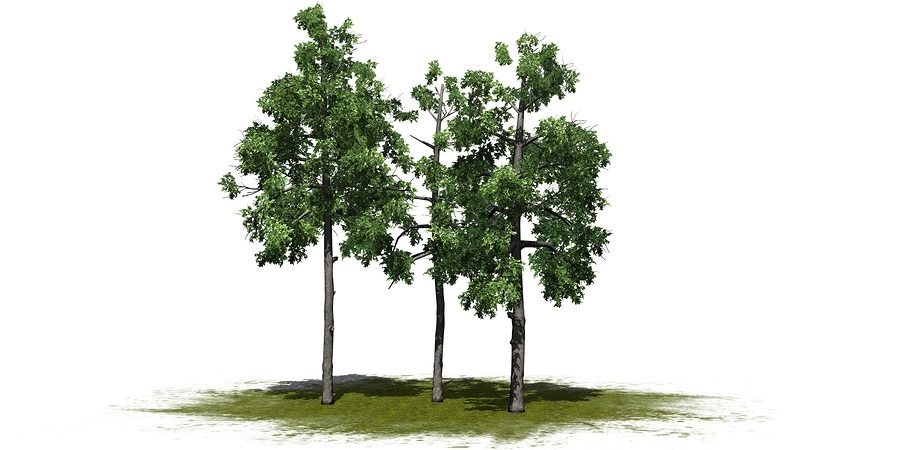Gum trees may be popular among the Kookaburra birds, but they are not a high value tree here in the Northeastern parts of the United States. If you are looking to improve your property’s value, Black Gum trees may not be the best landscaping choice; however, if you are simply looking to upgrade the look of your landscaping, they are a great choice for ornamental value. From their waxy foliage in the spring and their brilliant summer and fall colors, to their resilient winter form, Black Gum trees are stunning all year round.
Continue reading to learn more about this interesting fruit tree.

Black Gum Trees (Nyssa sylvatica)
Tupelo Family (Nyssaceae)
☙ Habitat: Grows in acidic, moist soils that re well-drained. Found along the mid-Eastern and Eastern coastal parts of the United States. It is native to Kentucky. It is very adaptable and can even grow in swampy areas and dry uplands.
☙ Looks Like: The Common Persimmon, sourwood, Swamp Tupelo, and the Water Tupelo.
☙ Growth: It is a slow-growing, medium-sized, deciduous tree that begins pyramidal in its first stages, and then with age, develops a flat-top form.
☙ Leaves: Alternating, oval-shaped, and 3 to 5 inches long. They turn red in the fall and drop for the winter.
☙ Fruit: The fruit produced by Black gum trees is high in crude fat, fiber, phosphorous, and calcium, which makes it very attractive to small mammals and birds. They resemble blue colored grapes or berries, but they are not either of the two. They are a dark purple-like blue with a fleshy coating and ribbed pit. They are ripe in the fall.
☙ Flower: Black gum trees produce clusters of light green flowers that grow near the leaves.
☙ Height: It generally achieves heights between 30 and 60 feet, and widths between 20 to 30 feet.
☙ Hardiness: It is classified as winter hardy to USDA Hardiness Zone 4.
☙ Sunlight: Based on the universal sunlight requirement rating scale for trees (0-5, with 5 being “full sun”), Black gum trees are classified as needing “two suns.”
☙ Value of Wood: Its timber is light, uniformed, and textured, making it a good candidate for containers, flooring, lumber, paper pulp, and more. Its value is on the low-side, making it an economical buy.
☙ Wildlife: The fruit of the tree attracts bees, birds, deer, and other small animals and insects.
Always Ask a Pro Before Planting
If you have questions about adding trees to your landscape, talk to a licensed tree care contractor for professional advice on choosing quality performing trees for your property. Certain trees provide higher value, such as evergreens and conifers. Learn how you can earn more benefits by choosing the right trees.
Indianapolis Fruit Tree Service You Can Trust
Call Timberland Tree Care at 317-348-0811 to schedule your needed Indianapolis tree care services for your residential or commercial property. We are licensed and experienced tree care contractors who offer a wide range of professional-level tree work at all scopes. Whether you need a stump removed, or an entire lot cleared, we are the pros to trust for quality work at the right price.

